EasyCare Inc. Easyboot Trail Original Horse Boots – 142090699
Back by popular demand, the EasyCare Inc. Easyboot Trail Original is the easiest hoof boot in the world to apply and remove – and very affordable. with a Cordura® fabric exterior and padded leather band, it opens up completely to slip on and off over a variety of hoof shapes and sizes. This is a perfect hoof boot for the casual rider.
Back by popular demand, the EasyCare Inc. Easyboot Trail Original is the easiest hoof boot in the world to apply and remove – and very affordable. with a Cordura® fabric exterior and padded leather band, it opens up completely to slip on and off over a variety of hoof shapes and sizes. This is a perfect hoof boot for the casual rider.
- Front shield protects the area that takes the most abuse
- Aggressive tread pattern provides serious traction and grip
- Hook and loop closure, no buckles or straps to get in the way
- Opens wide for ease of application.
Additional information
| Manufacturer Part Number | SB-EBT-9 |
|---|



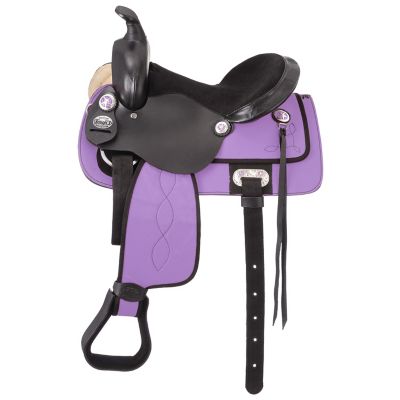
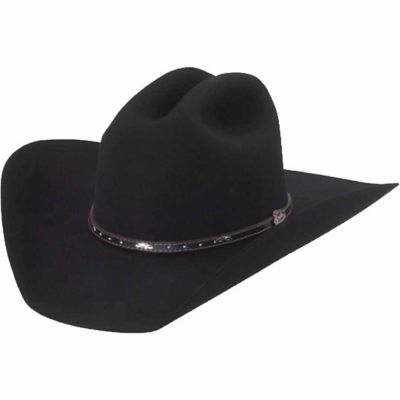
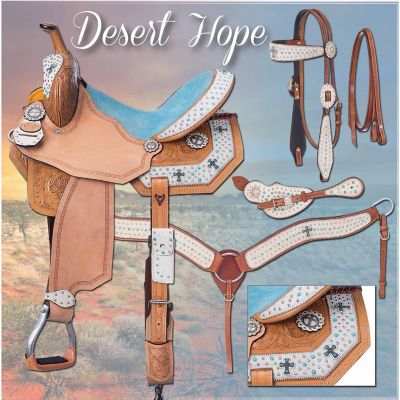


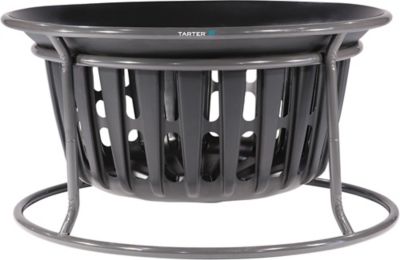

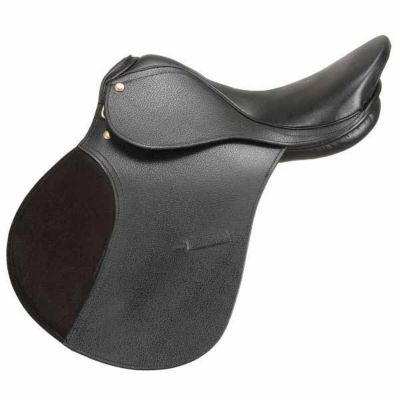
Reviews
There are no reviews yet.